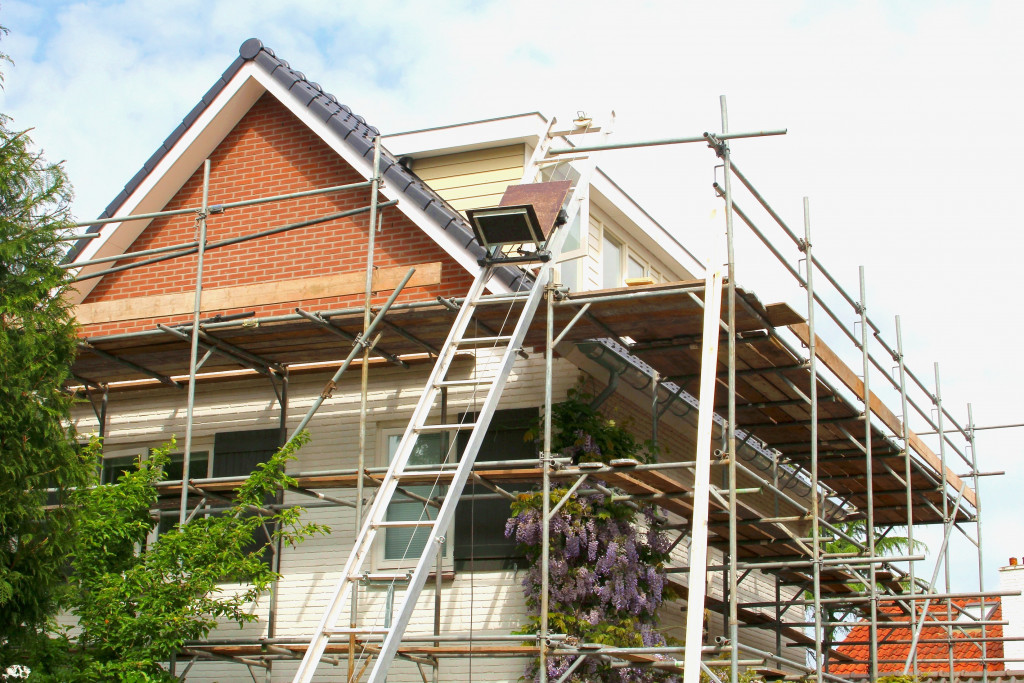- Consider the location of the fixer-upper, including crime rate and property taxes.
- Investigate the accessibility and amenities of the neighborhood.
- Estimate repair costs for floors, roof, and electrical system.
- Analyze the market value of similar homes to ensure a potential return on investment.
- Hire professionals to help with financing and legal matters.
Looking for a side hustle that is both profitable and fun? Flipping fixer-uppers can be a great way to make some extra cash and tackle a challenging and rewarding project. However, jumping into the flipping game without a plan can quickly lead to disaster and financial ruin. So, what are the factors you need to consider before putting your money into a fixer-upper? Here are the most important considerations to keep in mind before you embark on your journey.
Location
The location of a fixer-upper is the most critical factor to consider when flipping it to make a profit. You want to look for a property located in an area that is expected to appreciate in value over time. Here are some things that you need to research to get an idea of whether or not it would be a desirable place for potential buyers:
Neighborhood’s Crime Rate
When researching a fixer-upper property‘s potential for appreciation, it is essential to familiarize yourself with the neighborhood’s crime rate. While you may be able to make improvements to the physical structure of the building, there are some things that are out of your control, such as crime. High levels of criminal activity can make it challenging to find buyers and increase your investment risk.
Property Taxes
The property taxes for a specific area will also factor into the viability of flipping a fixer-upper for a profit. You need to be aware of the current tax rate and any applicable exemptions that may apply, as this will not only affect your bottom line but also determine whether or not potential buyers will be interested in the property.
Accessibility and Amenities
The accessibility and amenities of a neighborhood are also essential factors to consider when flipping a fixer-upper for a profit. Try to find an area with easy access to public transportation, shopping centers, schools, parks, and other amenities that potential buyers would look for when buying a home. You should also make sure that the neighborhood has a good reputation and is considered desirable.

Repair Costs
While fixing up a home, keeping your repair costs under control is essential since they can ultimately make or break your profit margins. Make sure to get a comprehensive inspection done on the property to identify all potential repairs and estimate their costs. Here are some parts of the house that you need to focus on:
Floors
When it comes to fixing up a fixer-upper, floors are one of the most critical parts of the house to consider. Floors need to be inspected for structural damage and any mold or mildew that may be present. Depending on the size and complexity of the flooring project, repair costs can range from moderate to high.
Roof
The roof of a fixer-upper property is an area that should not be neglected when flipping for profit. A damaged or leaking roof can lead to costly repairs and put potential buyers off, so inspecting the roof and making any necessary repairs or replacements is crucial. The cost of roofing materials and labor must also be taken into consideration when determining the profitability of flipping a fixer-upper.
Electrical System
You must consider the condition of the electrical system in a fixer-upper property. Electrical wiring can be tricky and costly to repair or replace, so it is vital to get this checked out before making any decisions about whether to purchase the property. It’s also wise to hire a straightforward domestic EPC (Energy Performance Certificate) provider, which will help you identify any potential electrical system problems that need to be addressed.

Market Value
Flipping a property is about buying low and selling high; to achieve that, you need to know the home’s market value. Look up similar homes in the neighborhood and find out their market value.
One common mistake amongst flippers is overestimating the value of homes due to over-optimistic assumptions, which ultimately leads to financial loss. For instance, if a property is valued at $200,000, but you paid $225,000 to purchase and renovate it, then your chances of making a profit are minimal.
In some cases, it may be wise to look for properties that are cheaper to purchase and renovate, as this would give you tremendous potential for profit when the home is flipped.
Flipping fixer-uppers can be a great side hustle, but it’s important to understand the risks involved. Keep in mind the factors discussed in this post, including location, repair costs, market value, financing, and professional assistance. With the right plan, determination, and a little bit of luck, you could be on your way to generating a profitable side income from flipping houses.

